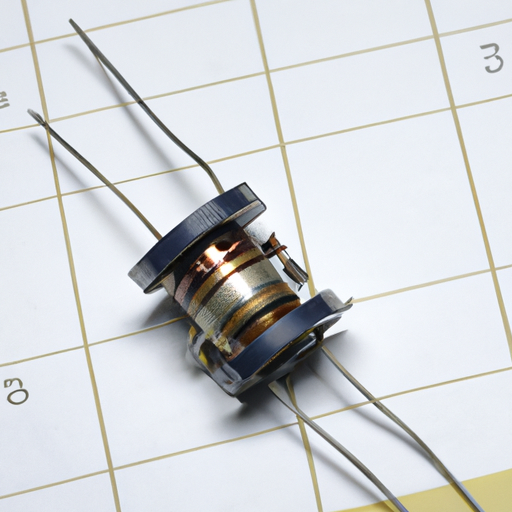A sliding potentiometer, also known as a slider potentiometer or slide pot, is a type of variable resistor that is commonly used in electronic circuits to control the level of a signal. It consists of a resistive element, a wiper, and a slider that moves along the resistive element to change the resistance value. Sliding potentiometers are widely used in audio equipment, such as mixers, amplifiers, and equalizers, as well as in control panels for various electronic devices.

Sliding potentiometers are available in various sizes and resistance values, depending on the specific application. They are typically rated for a certain power handling capacity, which determines the maximum amount of current that can safely pass through the potentiometer without causing damage. Sliding potentiometers are also available in different taper types, such as linear taper, logarithmic taper, and reverse logarithmic taper, which affect how the resistance value changes as the slider moves.
One of the main advantages of sliding potentiometers is their ease of use and intuitive operation. The user can simply move the slider to adjust the level of a signal, such as the volume of an audio signal or the brightness of a display. Sliding potentiometers are also durable and reliable, with a long lifespan and minimal maintenance requirements. They are also relatively inexpensive and widely available, making them a popular choice for many electronic applications.
In audio equipment, sliding potentiometers are commonly used to control the volume of a signal. By adjusting the position of the slider, the user can increase or decrease the level of the audio signal that is being sent to the speakers. Sliding potentiometers are also used in equalizers to adjust the levels of different frequency bands, allowing the user to customize the sound to their preferences.
In control panels for electronic devices, sliding potentiometers are used to adjust various parameters, such as the speed of a motor or the temperature of a heating element. By moving the slider, the user can change the output of the device to achieve the desired result. Sliding potentiometers are also used in lighting controls to adjust the brightness of a light source, such as a lamp or LED.
Overall, sliding potentiometers are versatile and reliable components that are essential in many electronic circuits. Whether used in audio equipment, control panels, or lighting controls, sliding potentiometers provide a simple and effective way to adjust the level of a signal or parameter. With their ease of use, durability, and affordability, sliding potentiometers are a popular choice for designers and hobbyists alike.